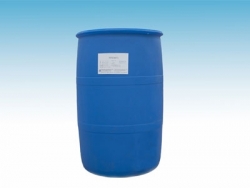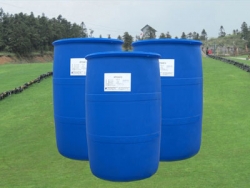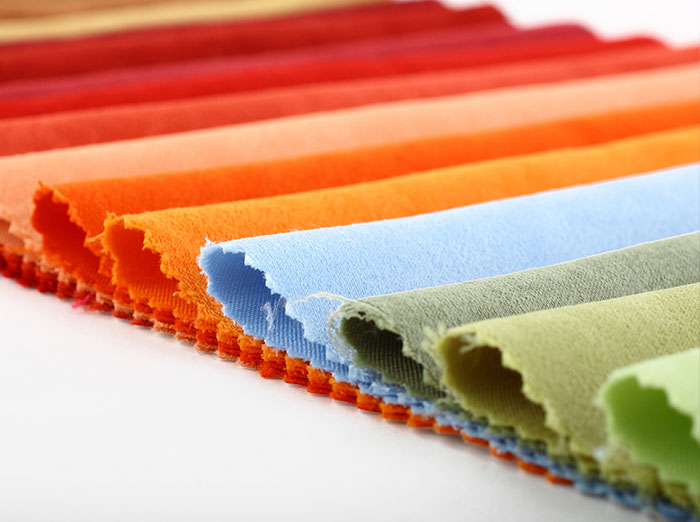In recent years, with the rapid development of the tanning industry, the variety and output of leather products have been increasing, and the grades are constantly improving. The demand for auxiliaries consisting of surfactants is also increasing, and such materials have become an indispensable material for the leather industry. In general, the amount of leather chemicals is small compared to the weight of leather, but it plays a direct and decisive role in the quality of leather products. In particular, surfactants, due to their unique structure and properties, have become an important variety or important component of leather chemicals and have an irreplaceable role. In the process, the comprehensive performance and application effect of other chemical materials are improved; and the reduction of pollutant discharge and the appearance and internal quality of high leather products also have obvious effects.

According to the role of the surfactant alkyl polyglycoside in the tanning process, it can be divided into three types: it can be used as a process aid, and its main function is to assist various chemical materials to exert more effective effects on the skin or the blank. Wetting, dispersing, dispersing and absorbing; can be used as functional auxiliaries. These surfactants can impart leather-forming functions such as anti-corrosion, water-repellent, anti-fouling, gloss or hand feeling; and a comprehensive surface with two characteristics. Active agents, such as both to facilitate dispersion penetration, stability of the emulsion, are themselves easily absorbed by the leather and improve certain functions of the leather.

Surfactants, in addition to being used alone, are mostly used in combination with other chemical materials. Immersion is the process of soaking the dried, preserved and stored raw material in a sink or a drum containing water. The purpose is to fill the hide with water and restore the moisture lost during drying, preservation and storage, while washing and peeling. Dirty dirt and preservatives, dissolve some soluble protein in the skin, loose collagen fibers. The addition of water immersion aids during immersion can shorten the immersion time. Surfactants for water immersion are mostly anionic and nonionic. From the practical application point of view, the anion surfactant's water immersion aid is not as effective as non-ionic. Cationic surfactants are also used in water immersion processes, mainly using their bactericidal and antiseptic properties. The surfactant-based water immersion aid can be applied to each submerged water, and the general amount is from 0.3% to 1.0% of the original tare weight.

Defatting removes the oil from the surface of the skin and the sebaceous glands. The degreasing effect is directly related to the effects of tanning, dyeing, and fatliquoring. The impact on the quality of leather products is also great. When the leather is degreased, it is different from the general fabric because the oil in the hide is mainly present in the free fat cells and the sebaceous glands.
When degreasing, after the degreasing agent enters the hide, it must also penetrate into the fat cells or the fat glands to emulsify and dissolve the fat and return the fat to the solution. Therefore, the degreaser must have good permeability, emulsifying, decontaminating and washing properties. Especially for fat cells and adipose tissue to have strong penetration. Therefore, the main component of the degreaser for leather is a surfactant, and is an anionic and nonionic surfactant. Considering the need to degrease in different processes, it is also required that the degreaser should have a certain acid and alkali resistance. Tests have shown that nonionic surfactants have a better degreasing effect than anionic surfactants.